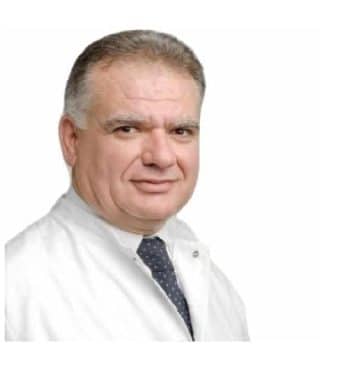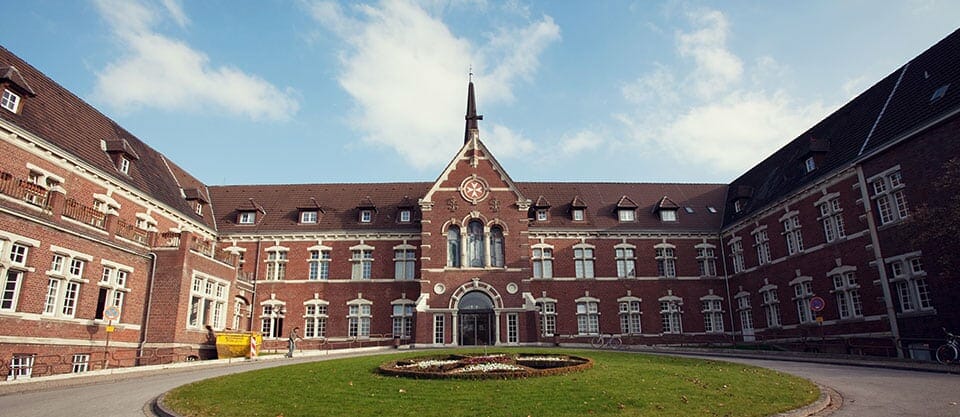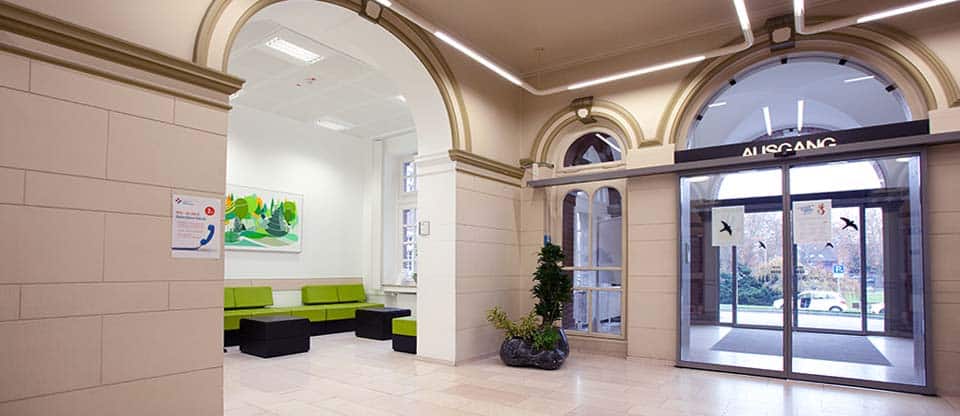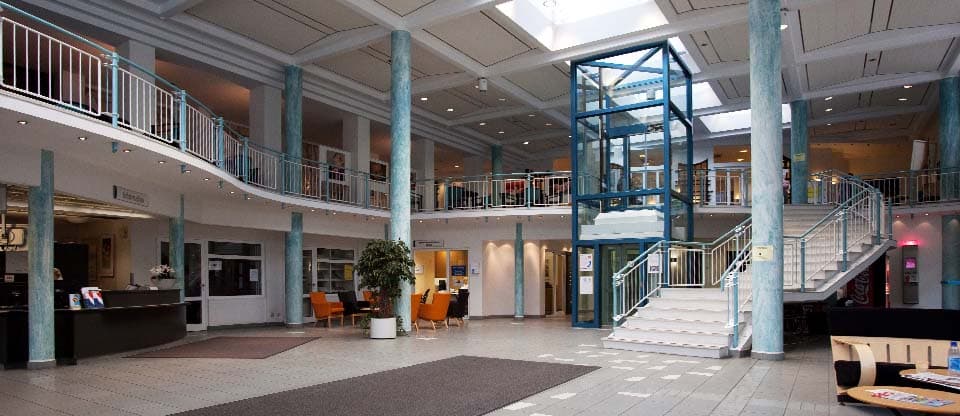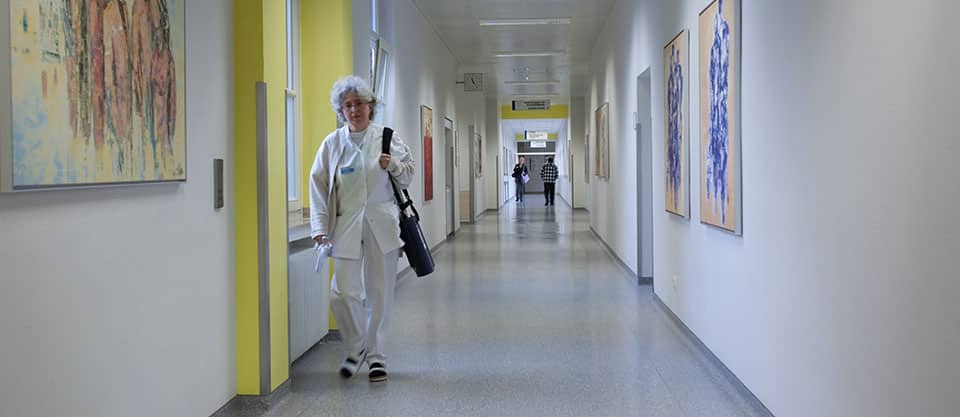The supply of oxygen and nutrients to the heart muscle is carried out through the coronary arteries. In the case of narrowing of these vessels in atherosclerosis (hardening of the arteries, calcification), the blood supply to adjacent and dependent regions of the heart muscle is disrupted (ischemic heart disease).
In the advanced stage of coronary disease (when medications or expansion of vasoconstriction by balloon angioplasty no longer help), coronary artery bypass surgery is the most suitable and best method to improve the blood supply to the heart. In contrast to the invasive cardiological technique of implanting balloons or stents, bypass surgery treats not only one single narrowing of the vessel, but further or further formed narrowings.
Online access
The classic approach for coronary artery bypass grafting is a median sternotomy with a dissection of the sternum, which allows the shunt to be applied both to the anterior and posterior walls of the heart. In this case, the length of the incision can be limited to 10-15 cm without causing significant cosmetic damage to the patient. Further, bypass surgery can be performed through the so-called mini-thoracotomy in the 4th-5th intercostal space on the left, here, as a rule, an anastomosis is created between LIMA (arterial branch of the left subclavian artery) and RIVA (anterior interventricular branch). Bypass surgery can, in principle, also be carried out endoscopically or by hybrid techniques. In this case, the chest is opened over the necessary vessel through a minimal incision and the anastomosis is sutured open, or the anastomosis can be connected completely endoscopically using an anastomotic instrument.
Along with the careful extraction of the graft (gentle surgical approach), the precise technique of suturing the anastomosis and the controlled choice of the location of the anastomosis, the planning of the bypass operation and the program pursued play a decisive role for the success of the event. As a modern concept, first of all, the so-called complete arterial revascularization (TAR = total arterial revascularization) using the OPCAB technique (OFF-pump coronary bypass). On a beating heart, only arteries are used as shunt material. In order to secure the posterior wall of the heart muscle, anastomoses are performed using various techniques using Y- or T-grafts, primarily between the right RIMA and the left LIMA, in order to connect the LIMA in series with the LAD (left anterior descending artery) and RIMA with branches of the coronary arteries of the posterior wall of the heart muscle. The advantages of this technique are manifold: there is no need for a leg vein procedure, so patients can be quickly mobilized after surgery; the side effect of extracorporeal circulation is prevented by avoiding PLA; the use of exclusively arterial grafts leads to better long-term results and, in the absence of any manipulations on the ascending aortic arch (the so-called “no-touch” technique), the risk of neurologically significant embolic tragic cases is reduced.
The use of the cardiopulmonary apparatus (CPA)
Based on the fact that the coronary arteries are located on the outer surface of the heart muscle and there is no need to open the cavity of the heart during the operation, it is possible to perform such operations without the participation of the cardiopulmonary apparatus. Instead of using SLA on a completely stopped heart, for suturing anastomoses, the so-called OFF-pump (without SLA) coronary surgery on a beating heart is used, in which only sections of the heart of a few centimeters are gradually stopped with special stabilizers, during the operation the normal pumping function of the heart is maintained.
The reason for avoiding the use of SLA in bypass surgery is the desire to eliminate or reduce side effects, such as, for example, inflammatory reactions to foreign surfaces, or also neurological complications due to perfusion. At the same time, along with the question of whether the operation will be performed with or without the use of ALS, the overall intervention program is important. So, for example, it does not make sense to refuse SLA during surgery, while, however, for the imposition of proximal anastomoses of venous shunts, to repeatedly clamp the ascending aorta, which is often calcified in these patients, and, thus, risk the occurrence of atherosclerotic plaque embolism, with the development of neurological symptoms.
Along with the careful extraction of the graft (gentle surgical approach), the precise technique of suturing the anastomosis and the controlled choice of the location of the anastomosis, the planning of the bypass operation and the program pursued play a decisive role for the success of the event. As a modern concept, first of all, the so-called complete arterial revascularization (TAR = total arterial revascularization) using the OPCAB technique (OFF-pump coronary bypass). On a beating heart, only arteries are used as shunt material. In order to secure the posterior wall of the heart muscle, anastomoses are performed using various techniques using Y- or T-grafts, primarily between the right RIMA and the left LIMA, in order to connect the LIMA in series with the LAD (left anterior descending artery) and RIMA with branches of the coronary arteries of the posterior wall of the heart muscle. The advantages of this technique are manifold: there is no need for a leg vein procedure, so patients can be quickly mobilized after surgery; the side effect of extracorporeal circulation is prevented by avoiding PLA; the use of exclusively arterial grafts leads to better long-term results and, in the absence of any manipulations on the ascending aortic arch (the so-called “no-touch” technique), the risk of neurologically significant embolic tragic cases is reduced.
Choice of vascular graft
As already described above, the most optimal effect is shown by the use of an arterial graft (left internal mammary artery). This fact results in an increasing use of arterial grafts, instead of the previously predominantly used venous grafts. Today it is considered assured that both the right and left internal mammary arteries (LIMA and RIMA) and the radial artery of the forearm show advantages in assessing long-term outcomes, especially at 5 and 10 years.
Along with the careful extraction of the graft (gentle surgical approach), the precise technique of suturing the anastomosis and the controlled choice of the location of the anastomosis, the planning of the bypass operation and the program pursued play a decisive role for the success of the event. As a modern concept, first of all, the so-called complete arterial revascularization (TAR = total arterial revascularization) using the OPCAB technique (OFF-pump coronary bypass). On a beating heart, only arteries are used as shunt material. In order to secure the posterior wall of the heart muscle, anastomoses are performed using various techniques using Y- or T-grafts, primarily between the right RIMA and the left LIMA, in order to connect the LIMA in series with the LAD (left anterior descending artery) and RIMA with branches of the coronary arteries of the posterior wall of the heart muscle. The advantages of this technique are manifold: there is no need for a leg vein procedure, so patients can be quickly mobilized after surgery; the side effect of extracorporeal circulation is prevented by avoiding PLA; the use of exclusively arterial grafts leads to better long-term results and, in the absence of any manipulations on the ascending aortic arch (the so-called “no-touch” technique), the risk of neurologically significant embolic tragic cases is reduced.
Revascularization programs
Along with the careful extraction of the graft (gentle surgical approach), the precise technique of suturing the anastomosis and the controlled choice of the location of the anastomosis, the planning of the bypass operation and the program pursued play a decisive role for the success of the event. As a modern concept, first of all, the so-called complete arterial revascularization (TAR = total arterial revascularization) using the OPCAB technique (OFF-pump coronary bypass). On a beating heart, only arteries are used as shunt material. In order to secure the posterior wall of the heart muscle, anastomoses are performed using various techniques using Y- or T-grafts, primarily between the right RIMA and the left LIMA, in order to connect the LIMA in series with the LAD (left anterior descending artery) and RIMA with branches of the coronary arteries of the posterior wall of the heart muscle. The advantages of this technique are manifold: there is no need for a leg vein procedure, so patients can be quickly mobilized after surgery; the side effect of extracorporeal circulation is prevented by avoiding PLA; the use of exclusively arterial grafts leads to better long-term results and, in the absence of any manipulations on the ascending aortic arch (the so-called “no-touch” technique), the risk of neurologically significant embolic tragic cases is reduced.
Video
Request appointment
Useful links




